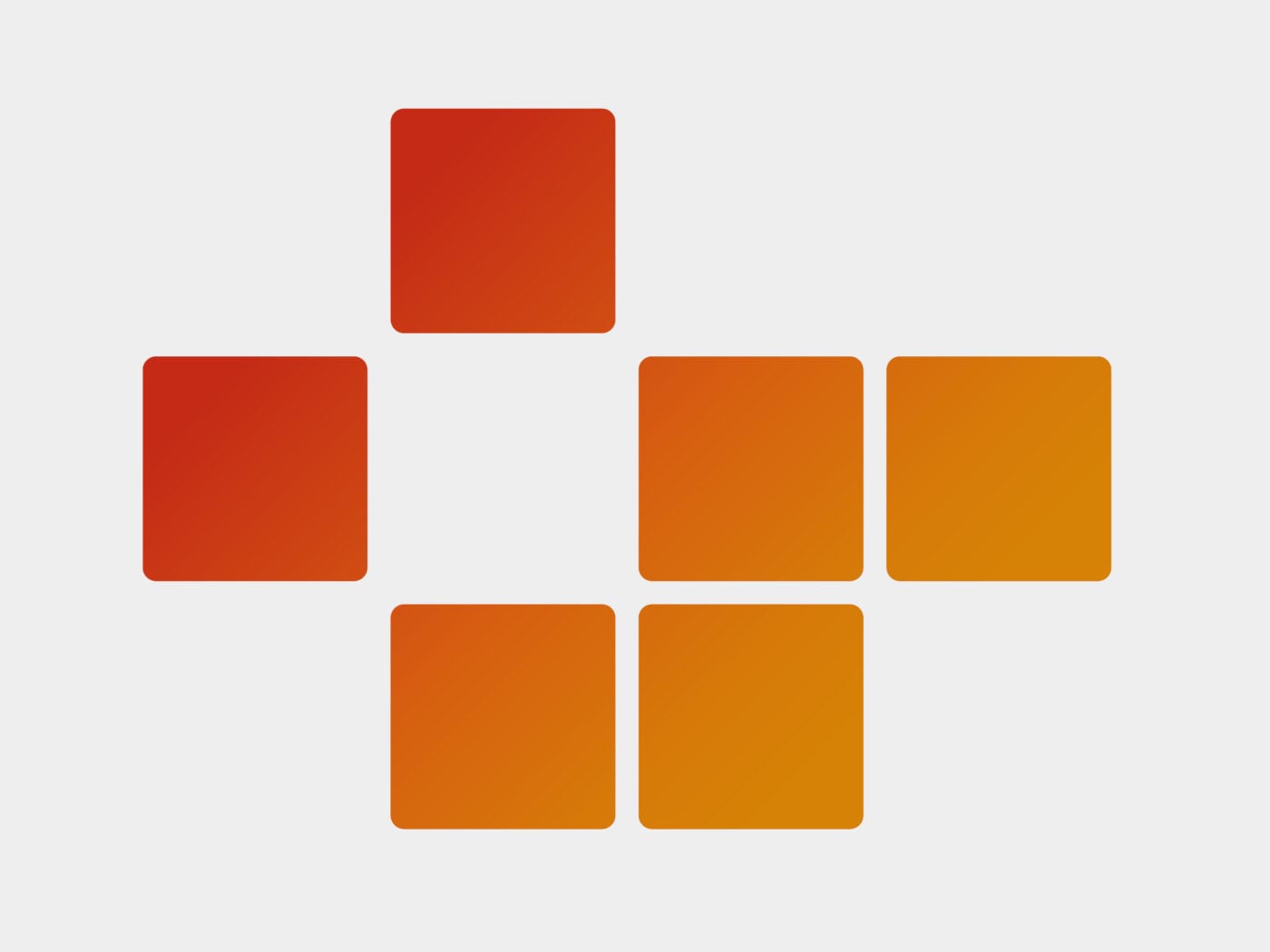The COVID-19 pandemic exposed a gap between new scientific approaches developed primarily in academia to monitor and model human behavior underlying epidemics, and the surveillance needs of decision makers, who wanted to know how many cases, hospitalizations, and deaths to expect, and whether social distancing interventions were working.
Data from cell phones provide insights into how, where, and when people move – which can be transformative for disease surveillance and modeling. In 2020, anonymized data from billions of individuals were available at scale, but were not used effectively to combat the pandemic because of three key limitations:
- These data are not readily available except through philanthropic programs by technology companies, or for high costs.
- Analytical methods to interpret these new data streams for epidemiological modeling are only just emerging, and expertise is not available locally.
- Even if analyses were available, few health responders understood the potential and limitations of these data, nor had the means to integrate insights into response.
Models developed in the global north were misapplied around the world with scant attention to local context. Weak links in the data-methods-translation pipeline, precluded the effective use of human mobility data in devising strategies to protect millions of lives.
We responded by convening a global network of 100+ research scientists that served as trusted intermediaries between technology companies and public health agencies. Read more about the Covid19 Mobility Data Network HERE.

CrisisReady was launched in January 2021, as we expanded our work to other disasters, in collaboration with partners from across academia, UN agencies, the World Bank, humanitarian responders, and governments, from around the world.